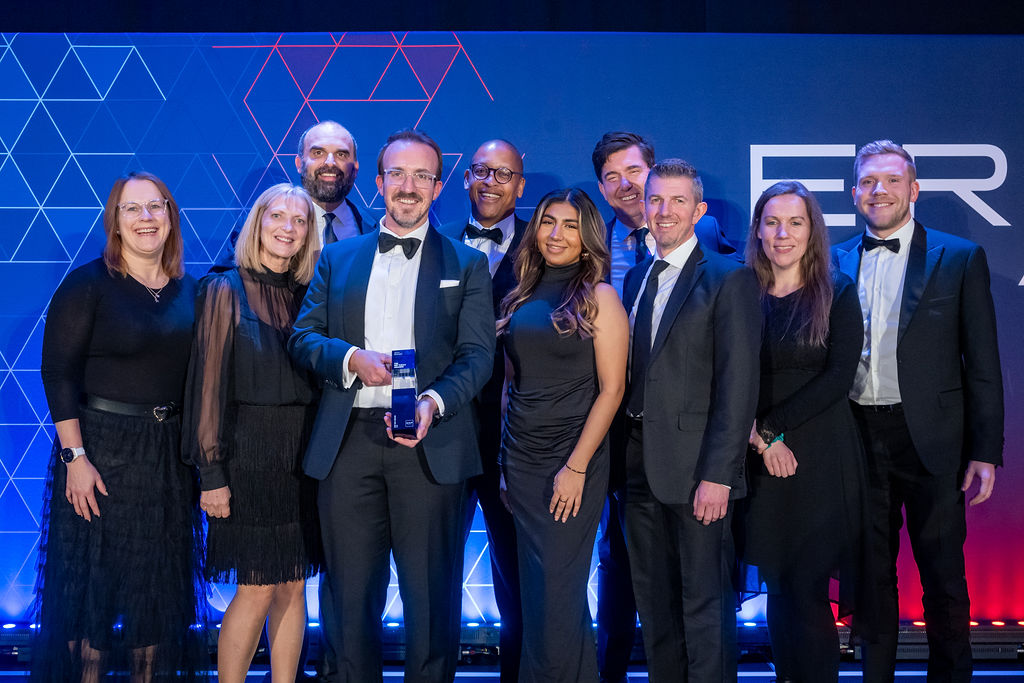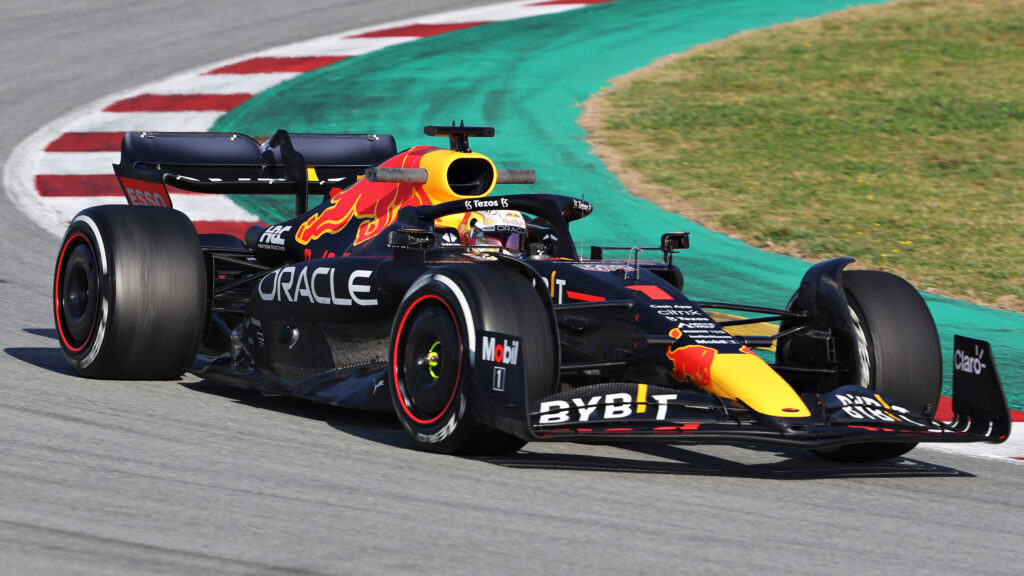As Gen Z joins the workforce, businesses have to adapt to the shifting expectations employees bring to the office.
In a recent ThoughtExchange survey of members of the so-called ‘first generation of digital natives’, 96 percent said it’s important they feel valued, included and empowered at work.
This may highlight some of the changes organizations inevitably need to make to ensure they are ready for the influx of what is supposed to be ‘the most populous generation’ ever, with over 60 million individuals in the United States alone.
People, Processes & Tools (PPT)
Like all good analyses of organizational change, it’s useful to look at this transformation through the framework of People, Processes & Tools (PPT). While people are at the center of this transformation and any discussion of how organizations must adapt invariably focuses on processes, the tools aspect of this change is generally overlooked.
Unfortunately perhaps, ‘empowering’ is probably one of the last words that would come to mind when thinking about traditional business software because a) it’s too hackneyed and overused and b) it just doesn’t sound right or actually fit.
Bringing a new old-school digital tool into an enterprise entails a lengthy bureaucratic procurement process — requiring the sign-off of executives, legal departments and everyone in between — while little thought is given to the wants and needs of the employees who actually use them.
As a result of all this, legacy enterprise software that is still in wide use today is clunky, slow and sometimes suffers from poorly designed user interfaces. When you close your eyes you can almost see it being booted from a stack of floppy disks. Every simple change in software configurations, or granting of a new capability, demands an employee to hunt down the admin responsible and open a ticket, usually on an equally cumbersome help desk ticketing platform.
Many employees would sooner quit their job than embark on a misadventure of trying to get some settings changed.
Post-apocalypse: enter Zoomer SaaS apps
It is in this post-apocalyptic B2B software landscape that a new breed of digital tools has emerged – we could call these software tools Zoomer SaaS apps.
Ready for the zooming Gen-Z types who appreciate (well, okay, demand) speed and immediacy, these are B2B software-as-a-service tools that are adapted to the requirements the latest generation of employees bring to the workplace.
As many will know, Slack is a team messaging app where employees are equally likely to have a professional discussion on the roadmap for the next quarter as they are to assemble with their pitchforks and demand that a stand is taken by company leadership on the social issue of the day.
The curiously-named Notion workspace tool is challenging the established document editing suites with a flexible and collaborative tool that focuses on breaking down knowledge silos. Airtable is riding high on the no-code wave with their data management platform, like Excel on steroids, that puts an emphasis on connectivity and automating workflows.
Zoomer SaaS products are enjoying a meteoric rise with valuations north of $10bn – and they (arguably) have a number of attributes that make them suitable for meeting the expectations Gen-Z employees bring to the office. They are collaborative and social — offering one-click signup using a social account, as well as the ability to add a teammate in a matter of seconds.
Actually, umm, empowering
They are in fact then (again, arguably) empowering, taking a bottom-up approach that allows the people who actually use these tools to start out with a free version, circumventing the procurement process and instead gaining a foothold in enterprises through grassroots adoption.
They promote independence, by allowing the end-users to control every aspect of the settings and configurations on their own in a self-serve manner, without needing to rely on the goodwill and assistance from IT admins or customer success representatives.
“The winning SaaS applications of today and of the future need to be adapted for the expectations that users bring for what a modern tool should look and feel like,” said Sagi Rodin, CEO and co-founder of Frontegg. “We have all gotten accustomed to highly optimized user experiences from the apps that we use in our day to day lives and those expectations don’t disappear when we step into the office.”
Meeting the expectations of employees is especially important with the latest generation entering the workforce — the same ThoughtExchange survey showed that 89 percent of respondents would leave a job if they didn’t feel empowered.
Yet for a startup building the next great B2B SaaS tool, clearing the high bar that has been set is next to impossible according to Rodin.
“Startups need to be laser-focused on building their core product and getting to market fast. But the long list of capabilities that need to be developed around self-serve admin capabilities, user management, freemium versions and user experience improvements are a continuous drain on engineering teams.
“There are many innovative products that failed because they couldn’t clear this new barrier of entry created by user’s expectations from modern applications.”
Fabulously frictionless
Frontegg aims to help B2B software companies build Zoomer SaaS by providing the product capabilities that are expected from modern applications in a plug-and-play manner. The engineering team focuses on developing the core product and integrates Frontegg’s solution to handle everything that surrounds it. This includes modern sign-up flows that offer social login and other frictionless options (like single-sign-on and passwordless), inviting team members and granting them access by setting their role and permission levels, admin panels for controlling various account level configurations and capabilities for offering free trials or free versions.
“The new generation is upending the established norms in many areas and this can create challenges for traditional businesses but ultimately those who can adapt will be better for it,” said Shelly Fischer Egoz, VP of HR at Frontegg. “The digital native generation are original thinkers who bring new insights and ideas. They are passionate about their causes and when they find an organization that values them and aligns with their values, they reward that organization with loyalty, focusing their passion to contribute to the shared goal.”
The market seems to be rewarding Zoomer SaaS companies in kind, with additional modern business software companies wielding multi-billion dollar valuations, like Figma and Miro, popping up at an impressive rate.
Considering that we’re all rewarded with slick user interfaces, smooth user experiences and valuable free versions, who can complain.




